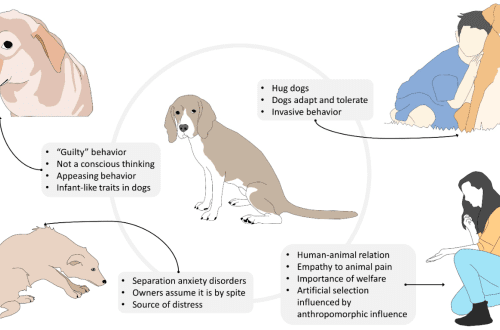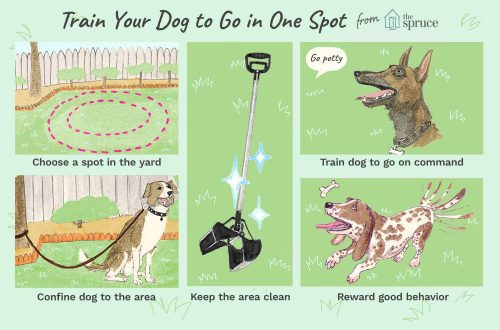
Living with a deaf pet

Among the many health problems of furry pets, deafness is common. How to live and interact with a deaf cat or dog?
Contents
Causes of deafness
- Congenital deafness is often genetically associated with eye color and color. Animals with a lack of pigment in their coat and eyes (albinos, white animals with blue eyes, heterochromia, and a colored iris, or a high percentage of white) may be deaf. This is due to the distribution of pigment, the absence of which increases the risk of deafness. Two pigmentation genes are associated with deafness in dogs: the merle (marble) gene (more common in collies, shelties, marbled dachshunds, great danes, American Foxhounds) and the piebald gene (extreme spotting), found in the bull terrier, greyhound, beagle, bulldog, dalmatian, English Setter). Crossing merle/merle dogs is dangerous, as it leads not only to a beautiful color with an excess of white, but also to gross developmental disorders, such as deafness, anophthalmos, microphthalmos and blindness, sterility, many puppies die before being born or shortly after birth, the double merle color is considered disqualifying. Often deafness can be one-sided with heterochromia, from the side of the blue eye.
- Congenital malformations of the auditory apparatus.
- Inflammatory and parasitic diseases of the ear: otitis media, allergic reactions, otodectosis.
- Hyperplasia of the auditory canal.
- Foreign body in the ear.
- Hearing impairment associated with age.
At the same time, some breeds with a white color are not so prone to deafness: for example, foreign white cats, white Swiss shepherd dogs, Volpino Italiano, Bichon Frise, Maltese, Maremma, and blue-eyedness is not associated with deafness: color-pointed cats, husky dogs and Yakut likes.
Signs of deafness in animals
Some of the symptoms by which the owner himself may suspect the absence of a newly acquired animal, or a decrease or loss of hearing in his cat or dog:
- The pet does not respond to sounds: an opening door, noise in the stairwell, the rustle of a food bag, sounds made by other animals, sounds of toys, etc.
- Does not respond to his nickname and voice messages, such as praise. Sometimes it seems to the owners that the pet does not want to respond to the call, ignores it.
- A dog or cat during sleep does not respond to loud or unexpected sounds.
- Mobility and activity may decrease. The pet plays less, sleeps more. Often this is more than 16 hours a day.
- The animal can be frightened and even show aggression if you unexpectedly approach or touch the pet.
- If the deafness is caused by otitis media or another hearing aid disease, then there may be additional symptoms: shaking of the ears and head, playing around, different pupil sizes, tilting of the head to the side, discharge and unpleasant smell from the ears, soreness and aggression when touching the ears and head.
Diagnosis and treatment
Owners often notice a decrease or lack of hearing in a pet by the way the animal does not respond to noises, from toys and voices to the usually frightening sounds of a vacuum cleaner and fireworks. In any case, you should not leave your pet unattended, it is better to see a doctor in order to understand what is the cause of deafness and whether something can be done about it, or you need to work on yourself and try to improve the quality of life of your pet learning to interact with it. To begin with, the doctor at the appointment will try to determine whether there really is a decrease in hearing acuity. But for this there is a special electronic BAER test. This is a world-recognized test that allows you to objectively assess the presence or absence of deafness in an animal, as well as its severity and, in many ways, the cause. Testing is carried out separately for each ear. Then the doctor visually examines the ear canal, including with the help of a special device – an otoscope. If necessary, samples are taken from the ear for microscopic examination. In some situations, studies under general anesthesia may be required – video otoscopy, MRI, CT. It is not always possible to help an animal with deafness. Diseases such as otitis are subjected to drug treatment. The use of surgery may be required in the presence of ear canal hyperplasia, neoplasms, foreign bodies. Features of deaf dogs and cats Deaf animals, especially those with congenital deafness, often have a weak nervous system: increased anxiety, aggressiveness, fears, but not always. They can incorrectly recognize the signals of other animals without hearing a growl, ignore warning signals and stop or stop actions in time, for which they can be bitten by both a dog and a cat. Another feature of deaf animals is increased vocalization. This is especially noticeable in animals with congenital deafness. They can meow or bark very loudly and often the volume and intonation do not correspond to the situation. However, it also happens that a deaf animal does not make any sounds at all, or is silent, or opens its mouth silently. It can be considered a plus that the animal is not afraid of loud sounds: it is not afraid of the noise of fireworks (at the same time it can be frightened of their appearance), a vacuum cleaner, the sound of motorcycles and large cars, the pet can be safely dried with a hairdryer.
Ways to interact with deaf animals. Their training and walks
Of course, you should make contact with your pet. You have to communicate with gestures. This is not as difficult as it seems at first glance, but it is better to have a knowledgeable cynologist or felinologist help you with this. But even without their help, you can learn to pay attention to vibration and gestures that indicate commands. A dog, like a cat, easily recognizes many gesture commands over time, and older animals, or those who have lost their hearing for other reasons, switch to gesture commands quite well, especially if previously voice commands to the dog were accompanied by gestures. A deaf animal is very easy to frighten because it does not hear the approach of the owner. Therefore, the owner, before stroking or picking up his pet, especially if he is sleeping, should make sure that he sees him and the approaching hand, and does not react sharply or aggressively. Deaf animals usually perfectly capture vibration, including vibrations from human steps, than, if possible, you can notify a furry pet of your appearance – just stomp your foot a couple of times, or knock on the surface on which the pet lies. If there are children in the house, it is necessary to explain the rules of behavior with a deaf animal. In no case should deaf animals be allowed to walk on their own, and when walking in the city, the pet must always be on a leash. A pet that does not hear is in danger on the street in the form of unfriendly dogs and vehicles. With a deaf dog, you can use the collar in vibration mode and associate the signal with a command, such as “come to me”. But you should clearly select a command accompanied by a vibration signal. With patience and preparation (whether in cats or dogs or humans), deaf pets can lead normal, long, rich, and happy lives.





